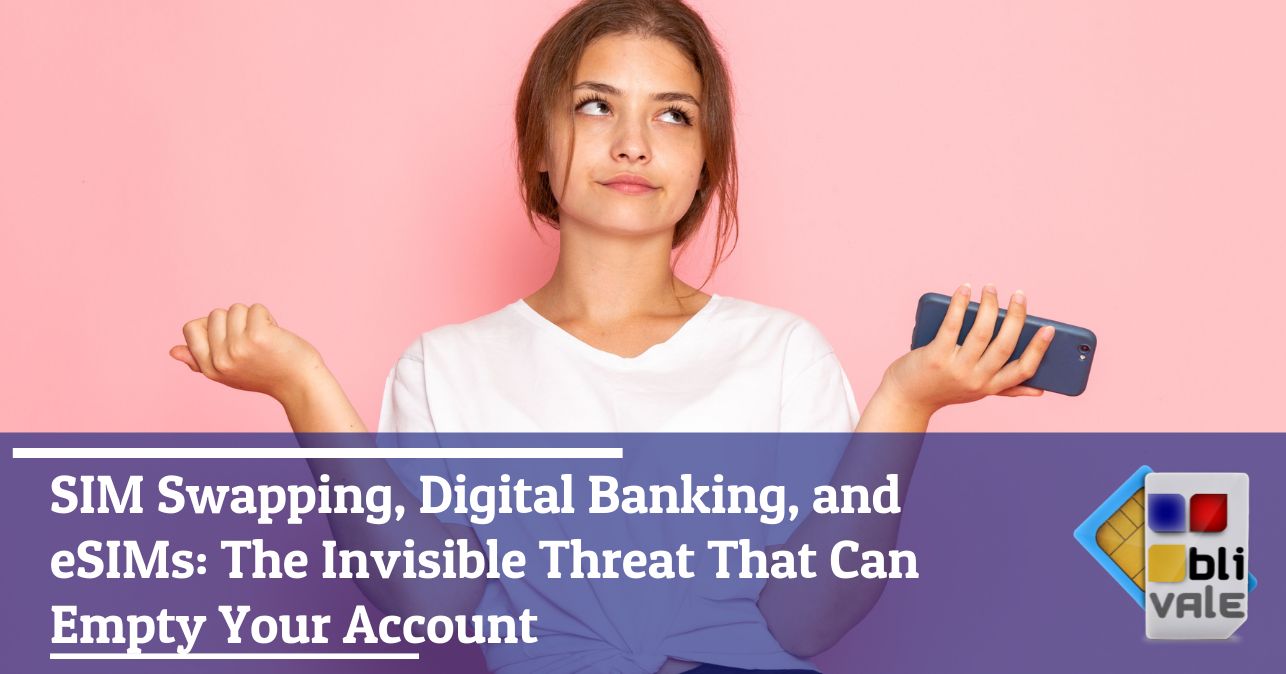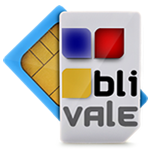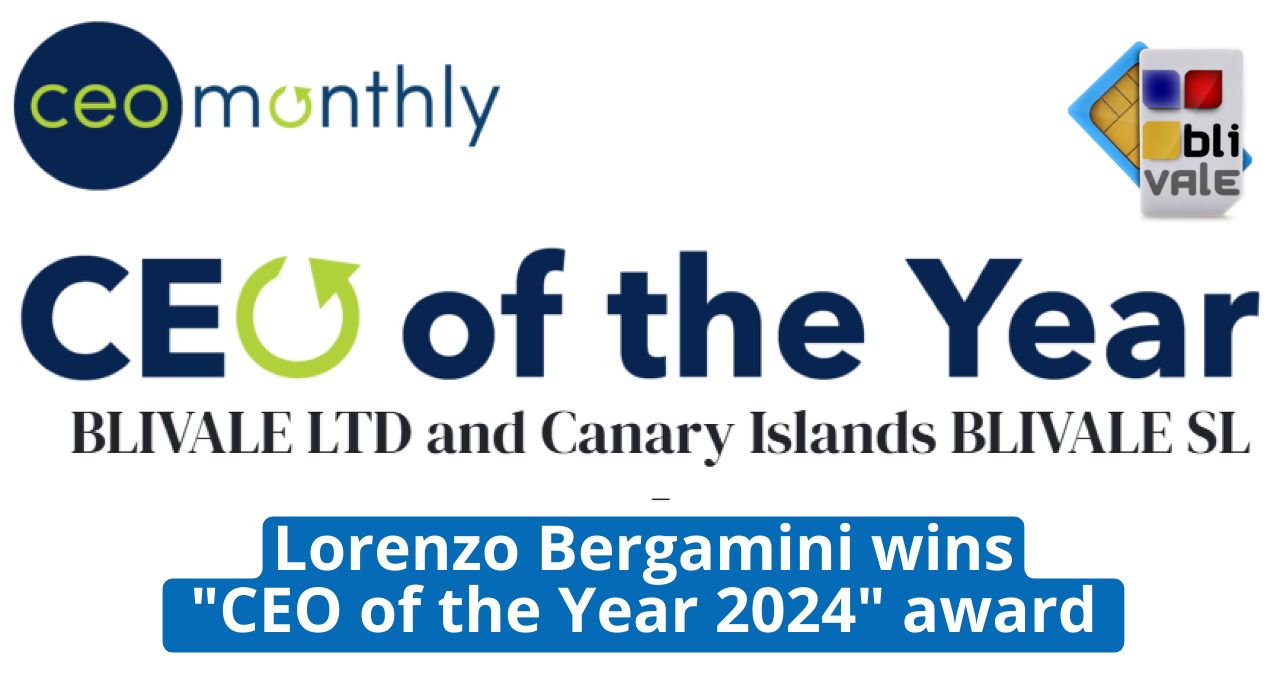The real risk of SIM swapping: the threat everyone underestimates
Have you ever thought that just stealing your phone number could be enough to lose control of your online banking, financial apps, and even your cryptocurrencies? SIM swapping is the new frontier of digital attacks: silent, subtle, and a growing trend in fraud targeting international account holders and professionals. Here's everything you need to know to avoid becoming the next victim.
How SIM Swapping Works and Why It's So Dangerous
SIM swapping is a sophisticated fraud in which criminals, using phishing, identity theft, and social engineering, trick your mobile operator into transferring your number to a new SIM card they control. From that moment on, the attacker receives all your calls, text messages, and especially the 2FA authentication codes linked to your bank account, email, and cloud services. The damage can be enormous: fraudulent transfers, password resets, and access blocks to all your most important accounts.
SIM Swapping: Data and Trends in Major Countries
In Europe, the phenomenon is rapidly increasing, particularly affecting bank customers and users of SIM cards and eSIMs for international travel.
International SIM Card and eSIM Security and BLIVALE VoIP Numbers Protect Against SIM Swapping
Unlike traditional SIM cards, the international SIM cards and eSIMs provided by BLIVALE are data-only and do not allow SMS text messages. They are encrypted, making them immune to SIM-swapping attacks based on intercepting bank OTPs via SMS. This is a crucial advantage for those traveling or working abroad, as it eliminates one of the main ways criminals gain access to bank accounts and personal services. Furthermore, the VoIP numbers offered by BLIVALE are new and international: in most cases, users know they have never used them to connect to banks, social networks, or other risky services, dramatically reducing the risk of phone number fraud.
Thanks to this unique configuration, BLIVALE offers a secure and innovative connectivity solution that allows travelers and professionals to maintain control and protection of their digital data in an increasingly connected world vulnerable to SIM swapping scams.
How to Know if You're a Victim of SIM Swapping
Sudden loss of signal, with SIM card stopping working.
Failure to receive expected SMS or calls.
Notifications of unauthorized banking transactions or suspicious email/social logins.
Receiving unsolicited password change emails/SMS.
If you experience any of these signs, immediately block your SIM through your carrier, notify your bank, and change all sensitive access passwords.
If you are thinking of taking a trip alone or with friends or for work, do not forget the importance of staying connected wherever you are. For unlimited Internet connection, contact BLIVALE where you can get unlimited Internet according to the destinations:
For unlimited plans like data BLIVALE guarantees free roaming anywhere in the world, no additional or hidden costs. Don't let the lack of connection stop you; get ready to explore the world with freedom and spontaneity.
Why SMS OTP is the riskiest option in digital banking
SMS OTP is still very widespread in banks but presents serious vulnerabilities:
Direct risk of SIM swap: the whole system crashes if someone gets your number.
SMS messages are not encrypted and can be easily intercepted.
Low efficiency when traveling: roaming, cost, reception delays, geoblocking.
Banking authentication apps and tokens: the truly effective barrier
Most modern banks now embrace authentication via apps or proprietary hardware tokens, making OTP codes unusable even in the event of SIM theft:
Tokens are generated offline on your device: no sensitive data in transit.
The risk of SIM switching is almost eliminated.
Authentication apps (such as Intesa Sanpaolo's O-Key, MPS Mobile Token, Deutsche Bank's Secure App) also enable biometrics, increasing security.
Comparison table between App Authentication and SMS OTP
How to protect your digital and banking identity
Always enable a banking authentication app where available.
Set up additional PINs and locks with your carrier.
Never publish or provide your mobile number on the internet, social media, or public forums.
Activate all alert and monitoring systems for suspicious banking transactions and access.
Keep backup codes for account recovery.
What to do if you suspect SIM swapping
Contact your operator immediately and request that your SIM be blocked immediately.
Report the fraud to the bank and block any movements.
Update passwords and restore logins only on secure devices.
Report the incident to the police.
Because banking security starts with knowledge
Digital security is no longer a luxury for the experts: those who travel, use international eSIMs, and use online banking, including mobile banking, MUST choose their authentication systems wisely, learning about the real dangers. Only by adopting up-to-date solutions and being careful when managing your phone number can you truly stay safe from the most sophisticated scams. Don't wait for the next attack: check your bank's security settings today and protect your digital assets!









